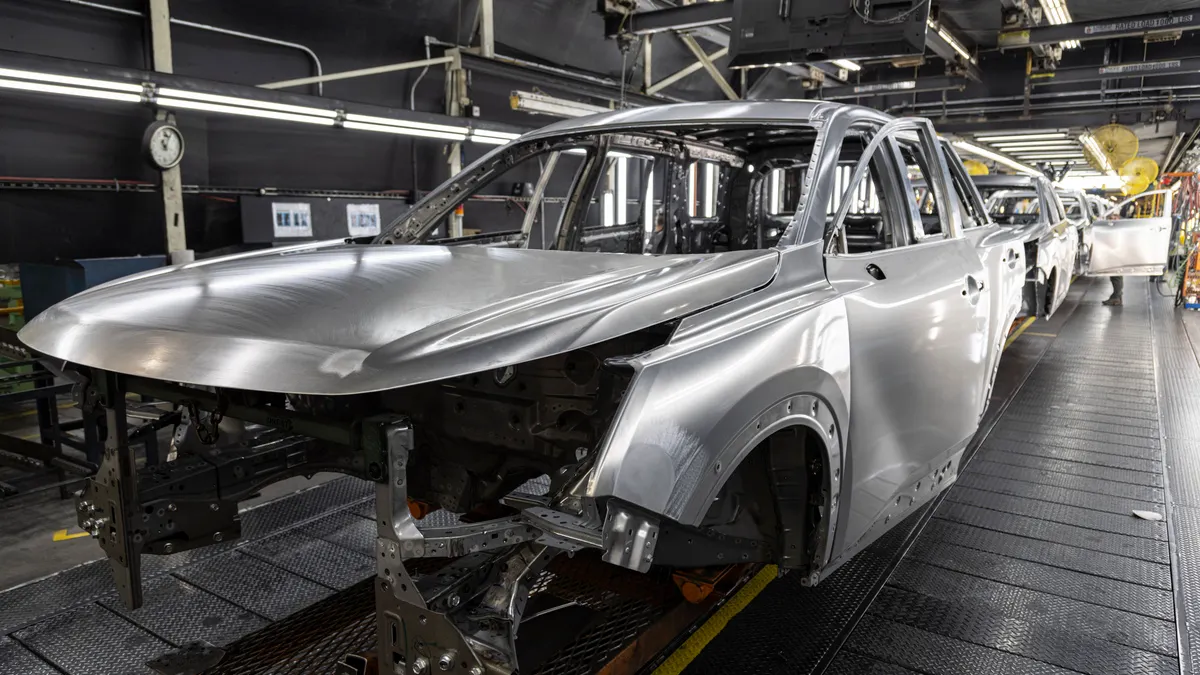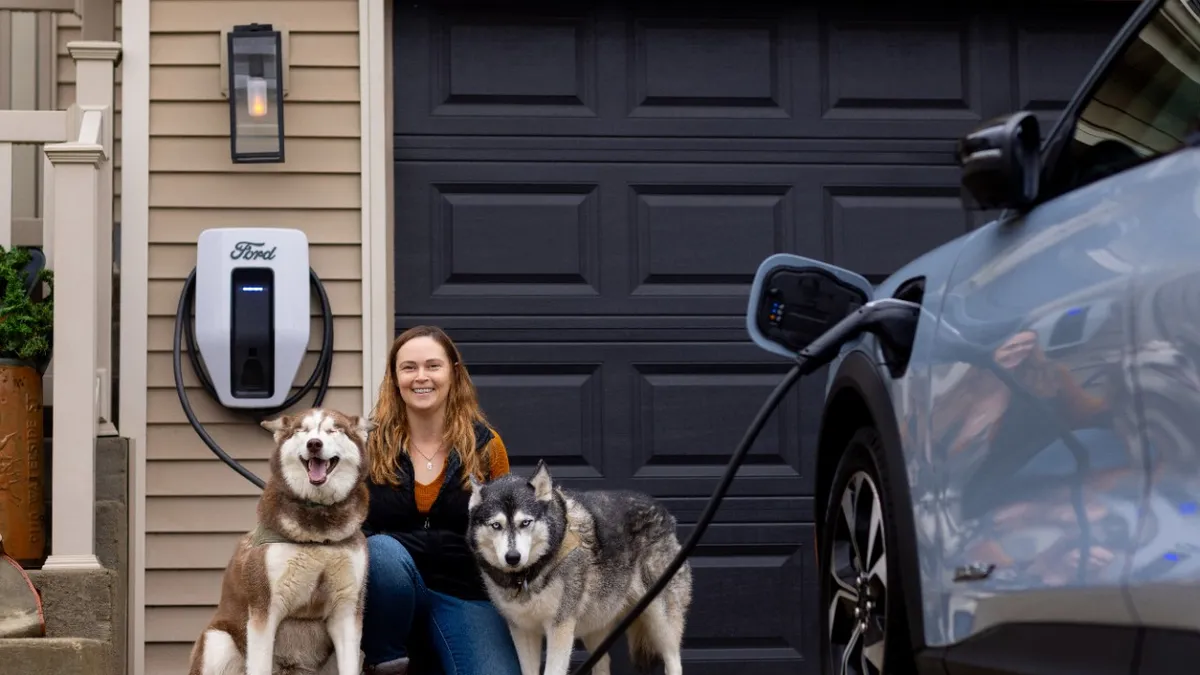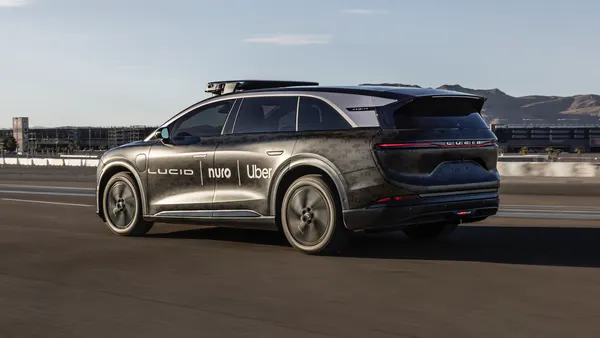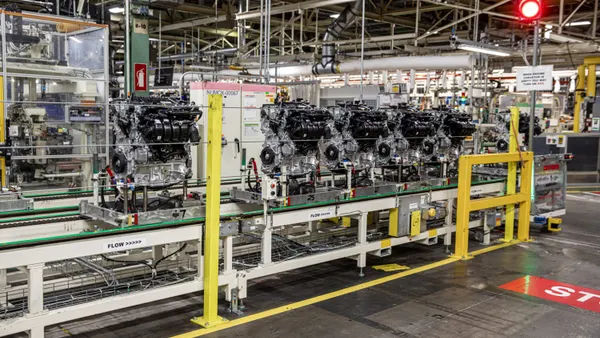NOVI, MICHIGAN — Clarity on tariff policy for automakers may take months, but even that forecast might be overly optimistic, according to Michael Robinet with S&P Global Mobility.
For an industry accustomed to having several years to plan out supply chains and global production to manufacture future model vehicles, the chaos created by waves of tariffs implemented by the Trump administration has forced the automotive industry to rethink its planning playbook, Robinet, VP of forecast strategy at S&P Global, said last week during AutoTech2025. He estimates the auto industry may lose between 12 and 18 months of planning because of the current economic environment.
Because of ongoing talks between the U.S. and other major global trading partners, Robinet believes stability could take months before clarity surfaces on future trade policy.
“I think that we’re looking towards the end of the year before a lot of this gets buttoned up,” he said.
With that in mind, nations along with the global business community are coming to terms that while negotiations could ultimately lead to a compromise, some tariffs will remain, Robinet said.
“There’s going to be some level of tariffs, what that is, is still to be determined,” he said. Trump recently announced a 50% tariff, up from 25%, on steel and aluminum.
As part of a strategy to mitigate tariffs, automakers have either announced plans to boost domestic production or are exploring that option.
While some automakers do have capacity to increase U.S. production, manufacturing more vehicles domestically is no simple process, Robinet said.
“We all know the work that goes in behind that,” he said. “The upfront investment on body shops, paint shops, final assembly, logistics: This doesn’t happen overnight.”
But the uncertainty created by tariffs has affected investments by automakers that would have led to job creation and increased North American production. Honda Motor Co. last month said trade policy was among the reasons for scaling back its investments in EV development by $21 billion.
Robinet said OEMs are rethinking investments because they are uncertain about future trade and regulatory conditions and don’t want to risk losing money.
For now, it appears automakers are leaning toward selling vehicles in the countries where they are built as a way to avoid high import duties. He said China and Europe have built moats around their markets, and the U.S. is taking similar steps.
“What does this mean? That means, well, we’re just going to source most of the vehicles we want,” Robinet said. “And from a legislative perspective, we're just going to go our own way. … It’s going to be more and more difficult to export vehicles.”
Disclosure: AutoTech2025 is run by Informa, which owns a controlling stake in Informa TechTarget, the publisher behind Automotive Dive. Informa has no influence over Automotive Dive’s coverage.













